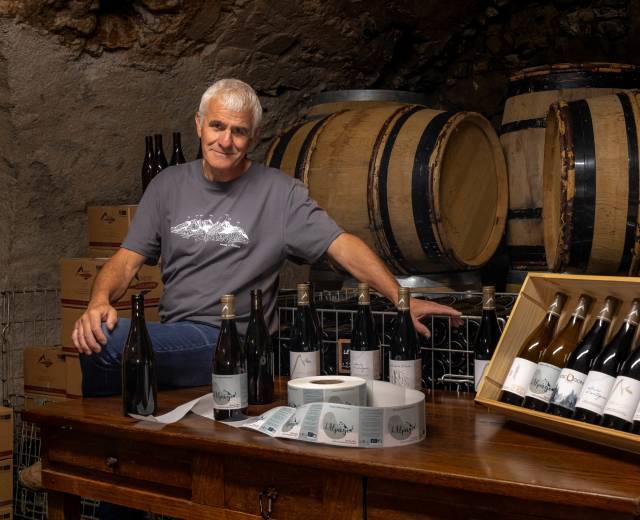Lieu dit La Chasse
73440 St-Martin-de-Belleville
France
Guadeloupe National Park: where different legacies meet
Discovering Guadeloupe National Park means exploring a multi-faceted history where different legacies meet. For 30 years, the international Man & Biosphere (MAB) label has recognised the connection between the local people and their surroundings. Here, the traditions and cultures passed down have given a colourful soul to these lush, natural surroundings.
Guadeloupe National Park is an exceptionally rich area where different legacies meet to form its natural, cultural and landscape heritage. Its inhabitants have developed a close bond with nature which is at the heart of their daily habits when it comes to food, health, well-being or leisure activities. It's a relationship that the National Park has been promoting since 1993 by supporting local stakeholders in conserving the environment.
A shared heritage
Guadeloupe's multicultural identity comes from the four corners of the world. For centuries, many people have come here from America, Europe, Africa, the Middle East and Asia to build up a tradition that is both shared and multi-faceted. Gastronomy, dancing, fabrics, crafts, music, pharmacopoeia: the Guadeloupean way of life is a mosaic of know-how where different legacies meet. So don't delay, come and enjoy the breathtaking scenery and rich culture of Guadeloupe National Park.
Explore the legacy of the Poyen Mill
Sugar Cane has marked Guadeloupe’s landscape and history ever since it was first cultivated in the 15th century. Poyen Mill was a sugar plantation in the north of Grande-Terre. Before the 19th century, windmills were used to crush the cane stalks to extract the juice, known as "vésou", which was used to make sugar and after that the famous “Rhum Agricole” (rum made from sugarcane juice). This time-honoured site takes you back through history via its industrialisation and agriculture.
Immerse yourself in the Créol’art Ecomuseum
In Sainte-Rose, the Créol'art Ecomuseum offers complete immersion into the history, culture and traditions of Guadeloupe. Banana trees, Caribbean cabbages, yams, aubergines, cucumbers, sweetcorn, sweet potatoes... its genuine Creole garden is bursting with crop foods, fruit, aromatic and medicinal plants that you can discover on a mouth-watering walk. Anecdotes will give you a better understanding of the traditional and scientific uses of each of these plants all while enjoying this lively place...
The fascinating history of Fajou Islet
Located in Grand Cul-de-sac Marin Bay, Fajou Islet is the largest of the islands in the bay, covering an area of around 115 hectares situated almost 6 km off the coast of the town of Morne-à-l'eau. Fajou Islet is a small emergent island in the heart of an area of shallows, itself surrounded by a barrier of coral reefs. The islet is home to Guadeloupe's last remaining lime kiln. Now partly in ruins, it is a reminder of the time when the Islet was inhabited. An incongruous mix where the legacies of history mingle with those of nature.
In the Parc national de la Guadeloupe

Route de Bis
97115 Sainte-Rose
Guadeloupe








